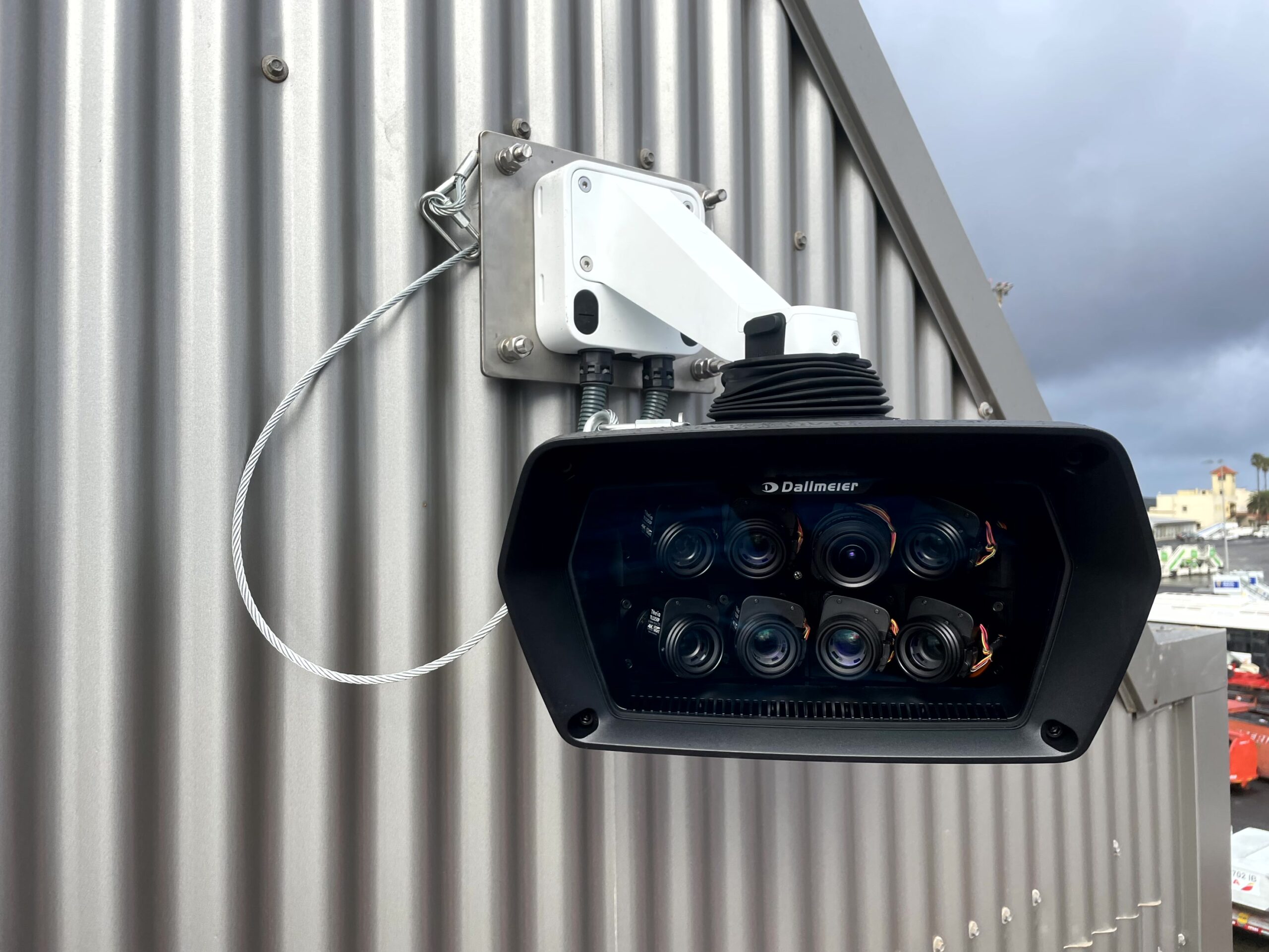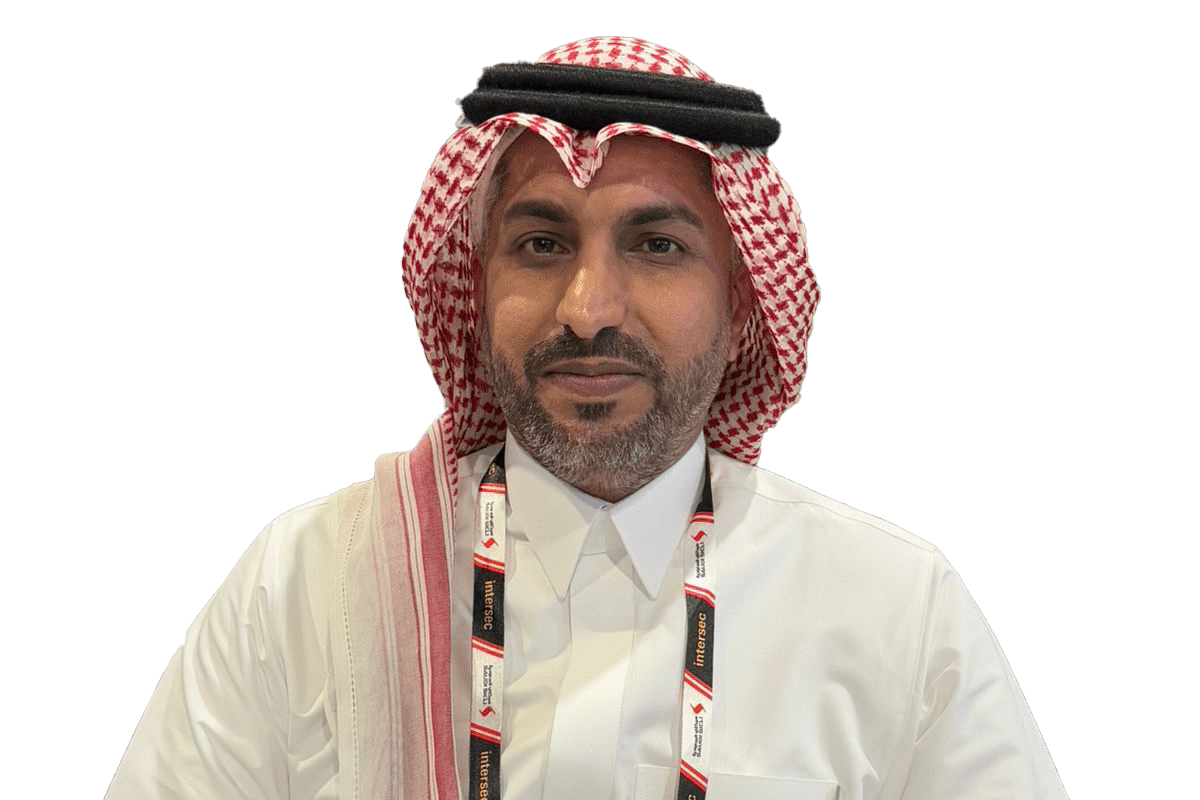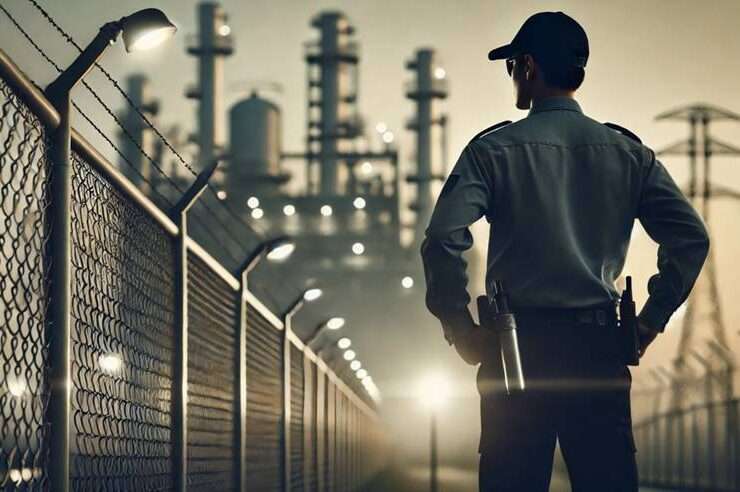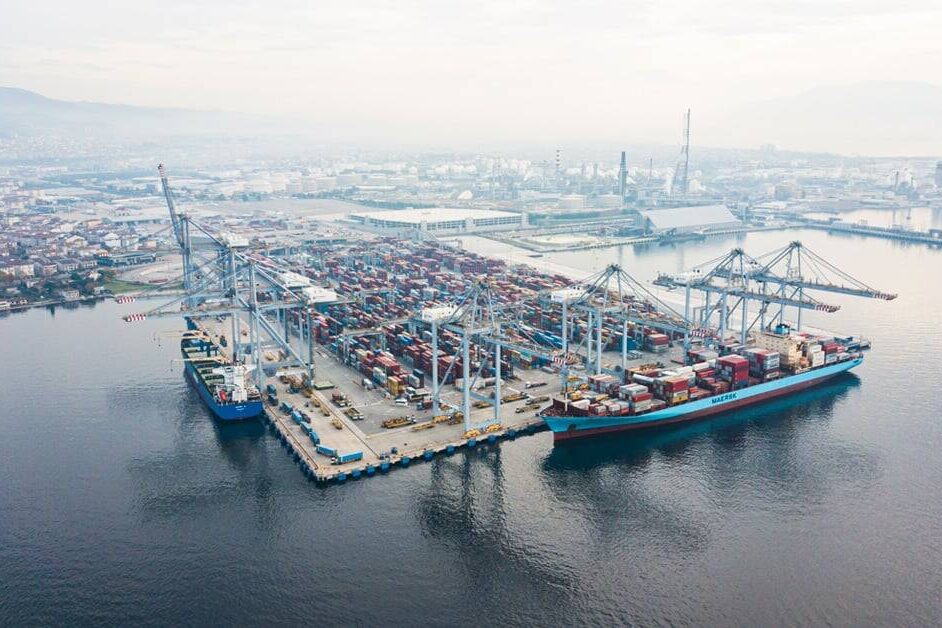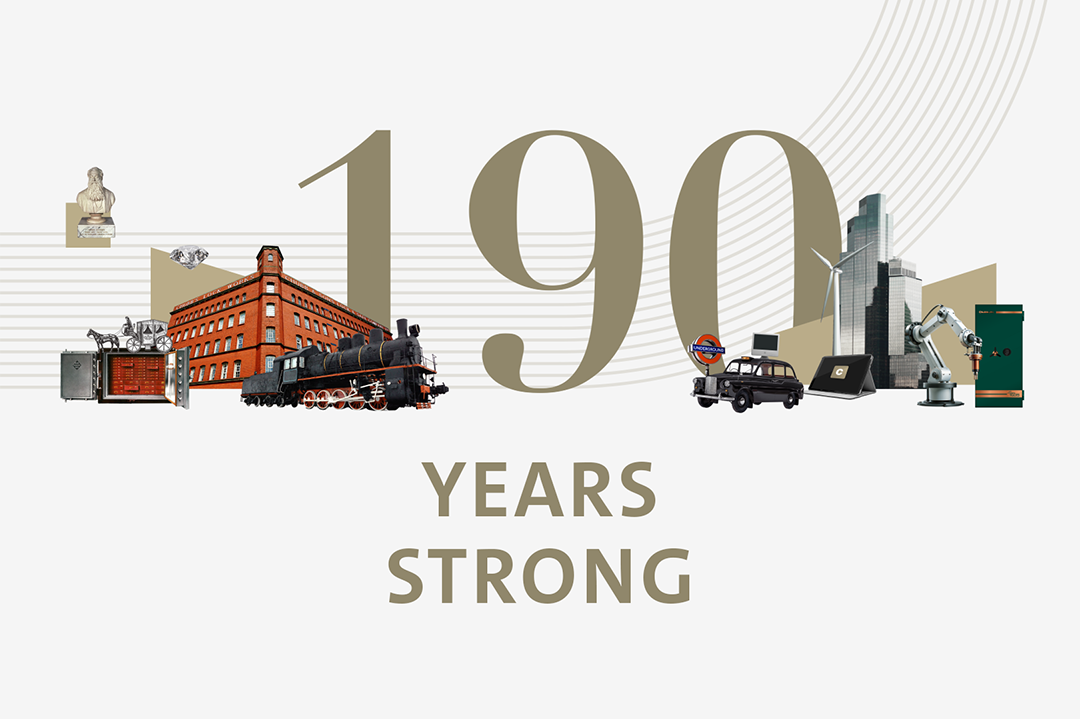As global demand for oil and gas continues to rise, and we become increasingly dependant on the Middle East for its oil and gas reserves, it is imperative that these resources are adequately protected.
Current estimates, according to www.geoexpro.com, place the Middle East’s conventional oil at nearly half of the world’s proven recoverable crude. Despite having only 2% of the world’s producing wells, the Middle East’s output is over 30% of the world’s crude. In addition, the Middle East holds 40% of the world’s conventional gas reserves. Saudi Arabia, Iran, Iraq, Kuwait, the UAE, and Libya are some of the key sources of oil and gas in the Middle East.
It’s widely understood that many non-Middle East countries pump oil and gas at full speed. By comparison, most top Middle East oil producers adhere to a quota and produce well beneath their capacity. This inevitably means that oil outside the Middle East will run low almost twice as fast. Exxon Mobil Corporation has estimated that non-Middle East production will peak within a decade, making recoverable oil left outside the Middle East harder to come by. In the words of the Chief Economist of the International Energy Agency, “we are ending up with 95 per cent of the world relying for its economic well being on decisions made by five or six countries in the Middle East.”
The BP Statistical Review of World Energy June 2014 provides an interesting perspective on the current state of oil and gas production and consumption. In light of the above, this perspective could be considered disturbing.
The growth of global energy consumption accelerated in 2013 – this is despite the global economy remaining stagnant. However, according to BP’s review, supply failed to keep pace with demand. While oil consumption grew by 1.4 million barrels per day (b/d), or 1.4 per cent, production rose by just 550,000 b/d, 0.6 per cent. Natural gas consumption grew by 1.4 per cent, and although this was below the historical average of 2.6 per cent it still outstripped the growth in production, which grew by just 1.1 per cent. This production growth, according to BP, is “well below the 10-year average of 2.5%”.
The same report also highlights that increased investment in the US oil industry meant it increased its production and accounted for 97 per cent of non-OPEC output. However, what’s truly revealing is the fact that increases in the US, Canada and Russia were used to offset key declines in Syria, the UK and Norway. It also states that OPEC production fell by 600,000 b/d – the first drop since 2009. The biggest declines were seen in Libya, Iran, Saudi Arabia and Nigeria.
Syria, Libya, Iran and Saudi Arabia – outlined at the start of this article as some of the top spots in the Middle East for oil production. I’m sure you’ll also recognise these countries from news reports about on-going conflicts in the region.
“Energy consumption continued to be impacted by geopolitical events,” said Bob Dudley, Group Chief Executive, in the BP review. “Oil production in Libya suffered the world’s largest decline in the face of renewed civil unrest and the production of oil and gas was disrupted in a number of other countries as well. In the face of these disruptions and heightened risks to supply, average oil prices have exceeded USD100 per barrel for a third consecutive year, despite massive supply growth in the US.”
With countries outside of the Middle East racing through their oil and gas reserves at a faster rate – making up for reduced production in the Middle East due to conflicts – it raises the question of how the world will cope as we become increasingly reliant on reserves in areas that could be described as unstable. It couldn’t be clearer that the protection of Middle East oil and gas facilities is a top priority – not just for the Middle East, but also for the world.
Realising the importance of the regions energy supplies, Bassam Fattouh’s paper How Secure Are Middle East Oil Supplies for the Oxford Institute for Energy Studies looks at several key points with the aim of refocusing discussions on Middle East oil and gas production and how to encourage appropriate investment in securing these production lines.
Fattouh looks at the effect conflict, political instability, terrorism and the use of oil as a political weapon can have on the production of oil in the Middle East. Speaking about the impact wars and civil conflicts have on oil supplies, he said that the effects were twofold.
“First, it usually results in medium to long-term supply losses as it reduces the ability of the country to produce and export oil. Second, it affects the long-term productive capacity of countries by hindering investment.”
He cites the US invasion of Iraq as a prime example of the seriousness of these impacts. In particular, he highlights how occupying forces abolished the army and the police without providing a suitable substitute. The resulting lack of security had a devastating effect on the oil industry, with Iraq seeing continuous sabotage of oil installations and pipelines as well as the kidnap and killing of oil engineers, technicians and employees.
Fattouh says in his paper, “The Iraqi case shows that wars and civil strife do not only result in short-term loss of oil supplies, but also adversely affect the long-term productive capacity by preventing maintenance and hindering investment especially if wars and civil conflicts break the social fabric of the nation.”
Anyone following the news will be familiar with the march that the Islamic State, or Isis*, is making across the region. With headlines addressing how Iraq’s black market in oil is funding Isis, reporters covering clashes between Isis and Iraq forces over the oil refinery town of Makhmour, and the US treasury suggesting that Isis is selling smuggled oil to Turkey and Iraqi Kurds, you can clearly see how the industry is is far from immune from this new threat.
While it’s unrealistic to rely on the resolution of conflicts and terrorist threat for an end to the challenges civil unrest and terrorism create, it is possible to install measures to secure oil and gas facilities and production lines.
And that’s where Intersec exhibitors come in.
At the 2015 exhibition there will be chance to meet with some of the world’s leading suppliers of oil and gas security and safety solutions to discover what is available to secure our oil and gas supply, including Honeywell, Globus, ATG Access, Gatekeeper, NAFFCO and many more.
*For all the latest updates on ISIS visit SecurityMiddleEast.com’s intelligence feed here.





